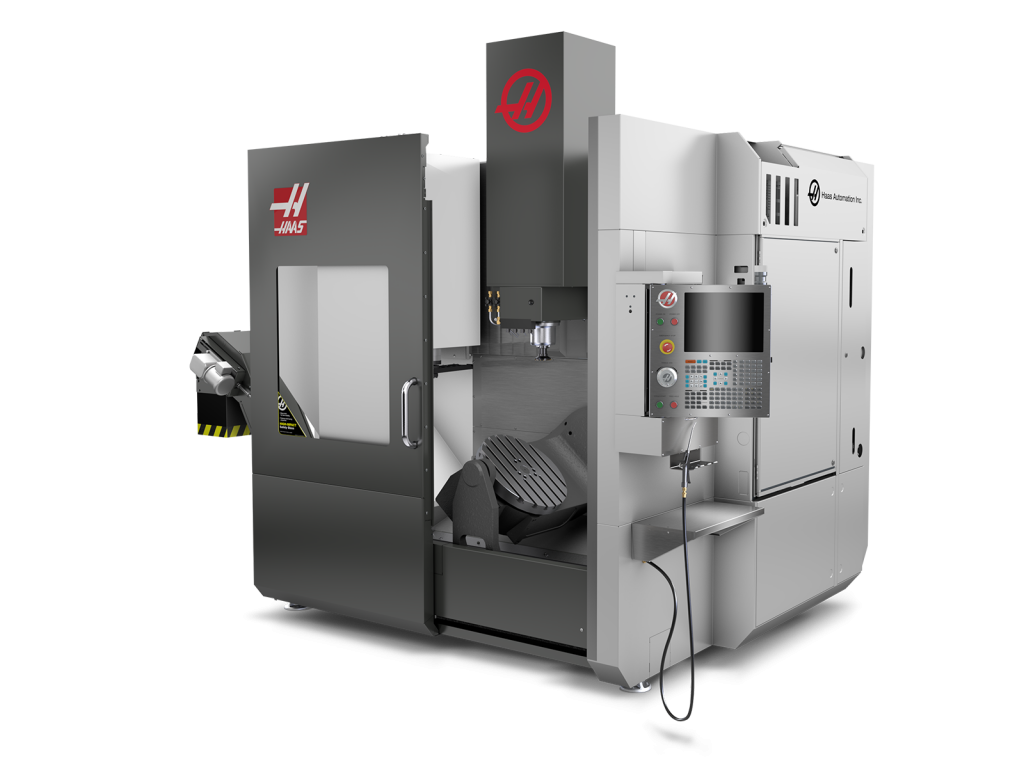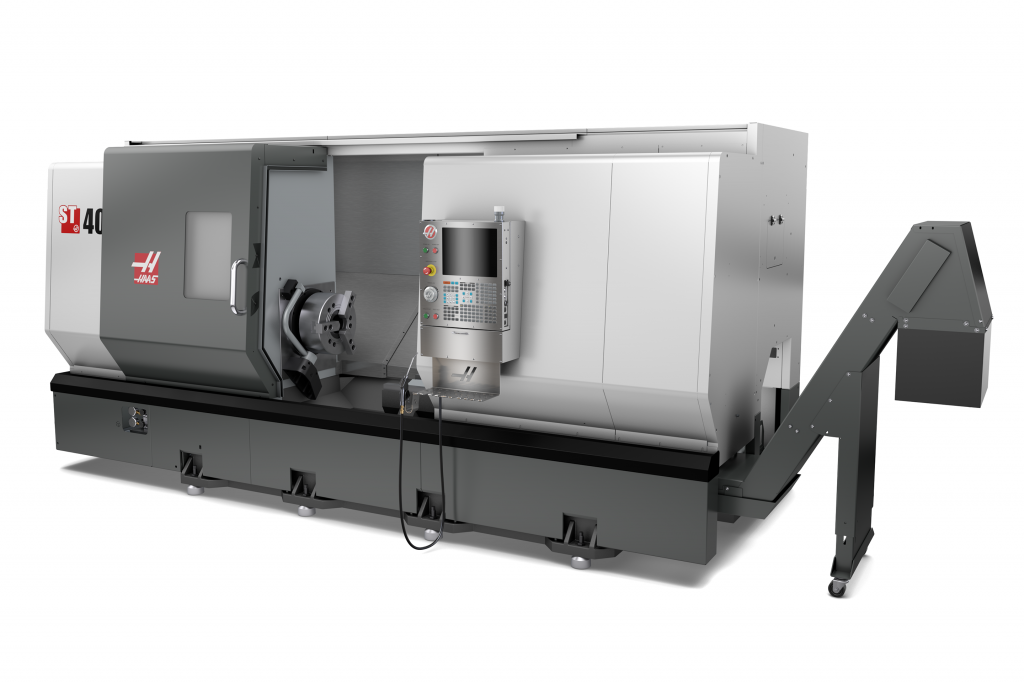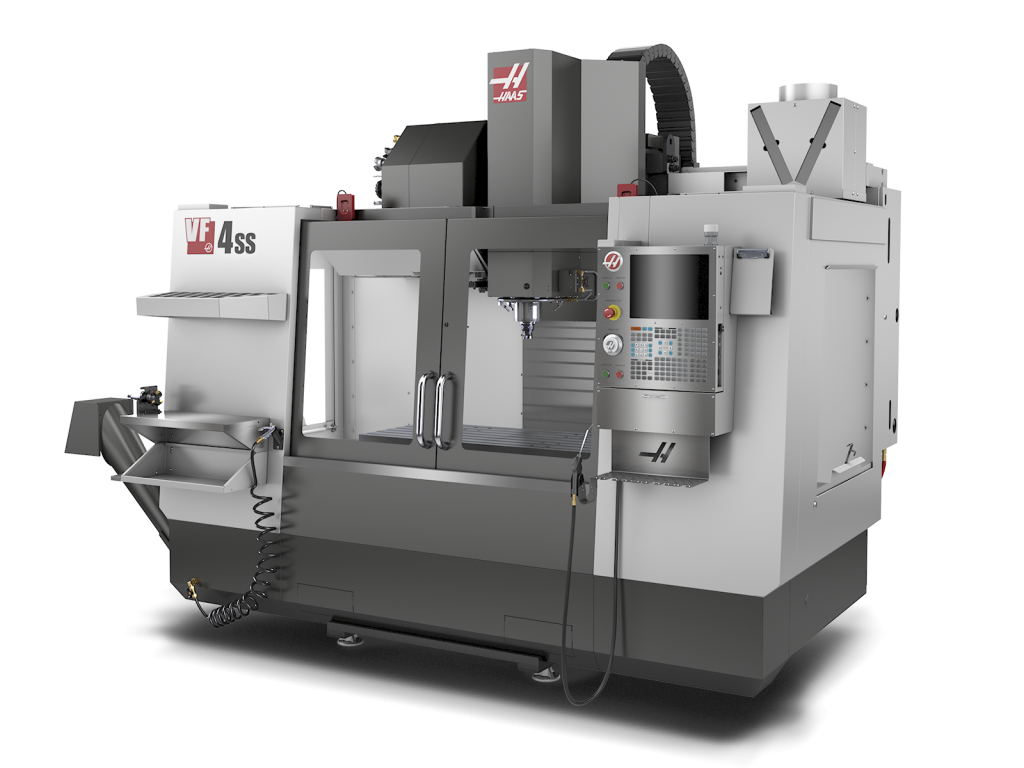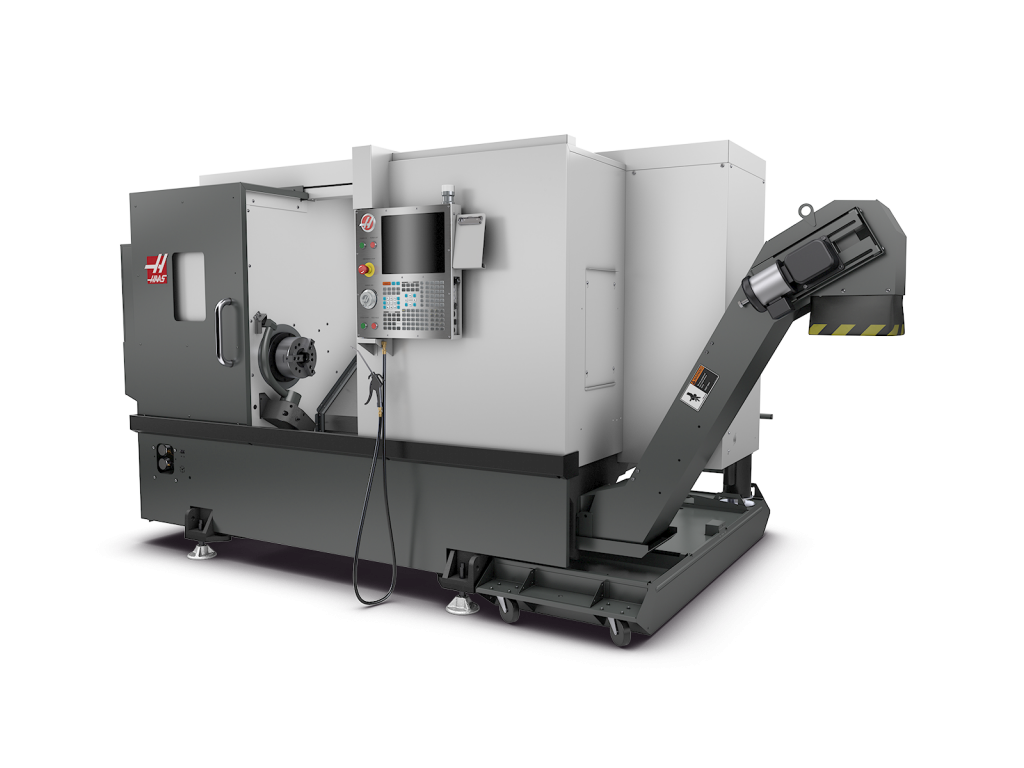DENIS WELCH MOTORSPORT INVESTS IN HAAS TO FURTHER SUCCESS ON AND OFF TRACK
Motor racing is in the blood for Jeremy Welch. His great grandfather built the first six-cylinder engine ever made in the UK in 1906 and went on to build Brook Marine racing engines with notable success (world champion in 1921). Jeremy’s father founded Denis Welch Motorsport over 40 years ago and it has had notable success in the UK, Europe, Australia and the Far East.
Whilst building cars it became obvious that older cars needed new components, as the originals were no longer available. They supply replacement performance parts for classic cars as well as restoring and preparing ex-works cars, and specialise in Jaguar E-type and Austin Healey.
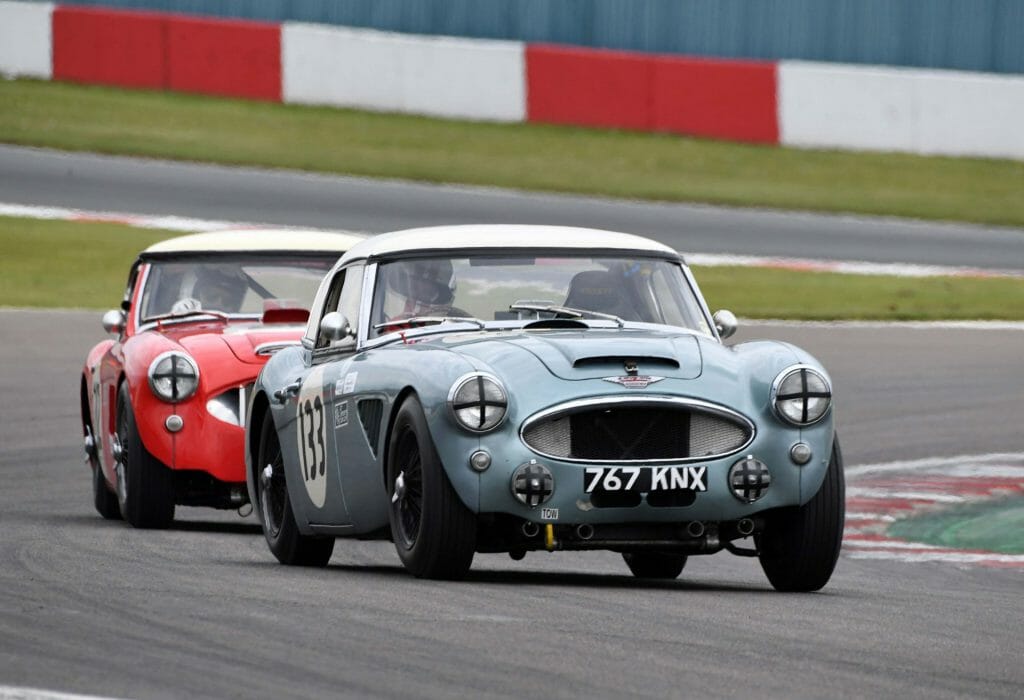
Building a business from drawings to quality production
Jeremy took over the business 15 years ago and is now sole owner; he began working at the company as a teenager (restoring the works 1965 Lemans Sprite) and has never lost his passion for racing. He personally drove the Healey Endurance car along with the owner, which set 17 national, and international speed records and still holds the UK record for the fastest vehicle over a 100-mile distance in the UK.
When Jeremy took over, they had no CNC machines; to develop the parts manufacturing side of the business he set about acquiring access to original drawings then converting them to modern CAD/CAM programmes. Quality and supply security was also important, in the old days manufacturing was sub-contracted out, which meant that new designs were shared with third parties, and quality sometimes varied. Jeremy found that skilled work on castings was being turned down by sub-contractors, so he turned to Haas who, working with the CAD/CAM software suppliers, delivered the perfect solution for CNC porting their cylinder heads on a Haas HMC horizontal machining centre.
Their in house Design and Manufacturing facility has over £1,500,000 of parts on the shelf these days. Two thirds of their turnover is global mail order to trade and private customer.
Denis Welch Motorsport still prepare race cars, ensuring they are track-ready and transported to the circuit. One recent restoration project was the ex Andy Rouse 1989 Ford Sierra Cosworth RS 500. Many parts on this age of car are simply no longer available, so they are produced on the Haas machines.
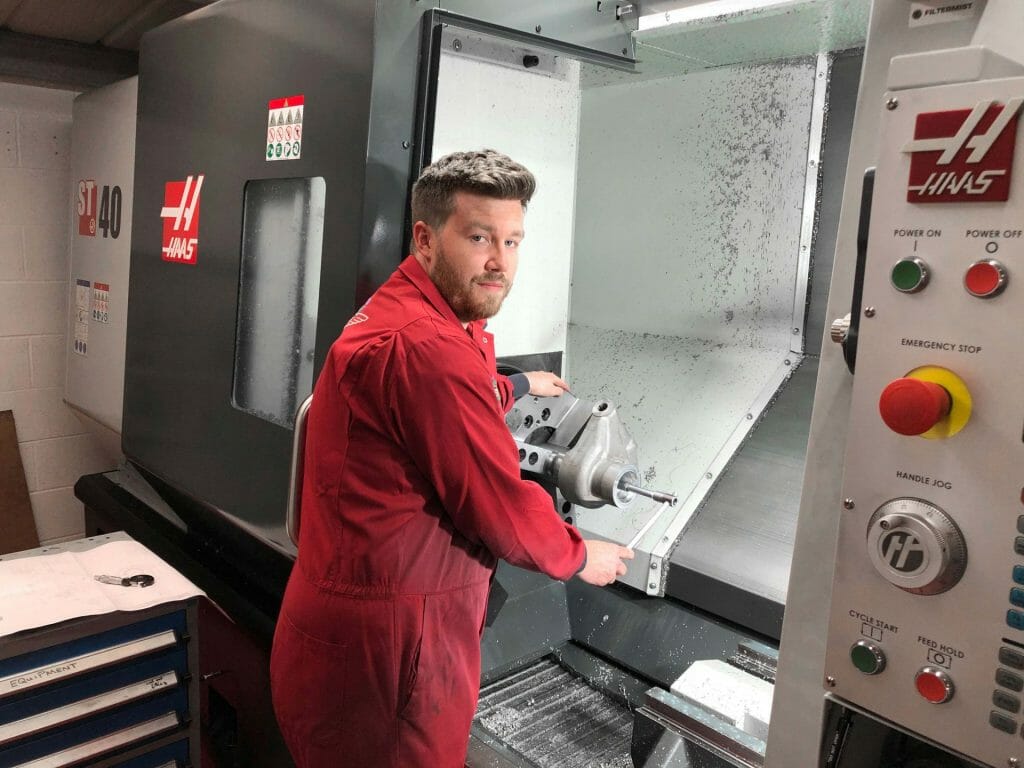
Latest developments
Three Haas lathes, a UMC-750 5-axis universal machining centre and a VF-4SS super speed vertical machine have been added in the last few years. “We did look around the market, but nothing rivalled Haas. We felt comfortable investing because we know what we’re going to get, a great product, together with a reliable management and service team. The whole package works for us.
“Having our manufacturing in-house has made a massive difference. We’ve expanded our range considerably and we can now control our own processes and quality. We have much better flexibility too; if a race car has an issue at the eleventh hour, we simply re-make the part. We’re taking control of our own destiny.
“The training has been tremendous. I’d never written a program, but with Haas’ help I jumped straight on the 5-axis machine. We do mainly 3 + 2 machining which enables us to use less fixturing and most programming is completed manually at the control using the Haas G254 Dynamic Work Offset function. One of our operators had never used a CNC, but after training with Haas he now writes programs on the ST-25Y lathe using Y axis and live tooling.”
The latest acquisition is an ST40 turning centre, which is currently machining period magnesium wheels and uprights for race Jaguars. “We bought the machine especially for this job and it’s been fantastic. I recommend Haas to anyone I can.”


